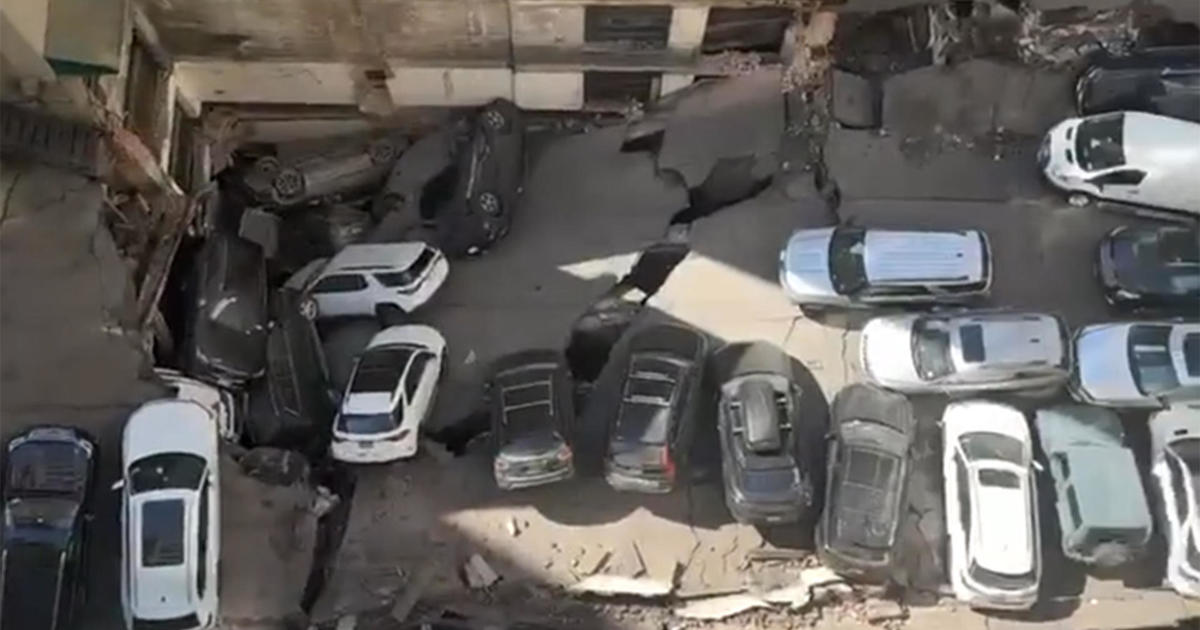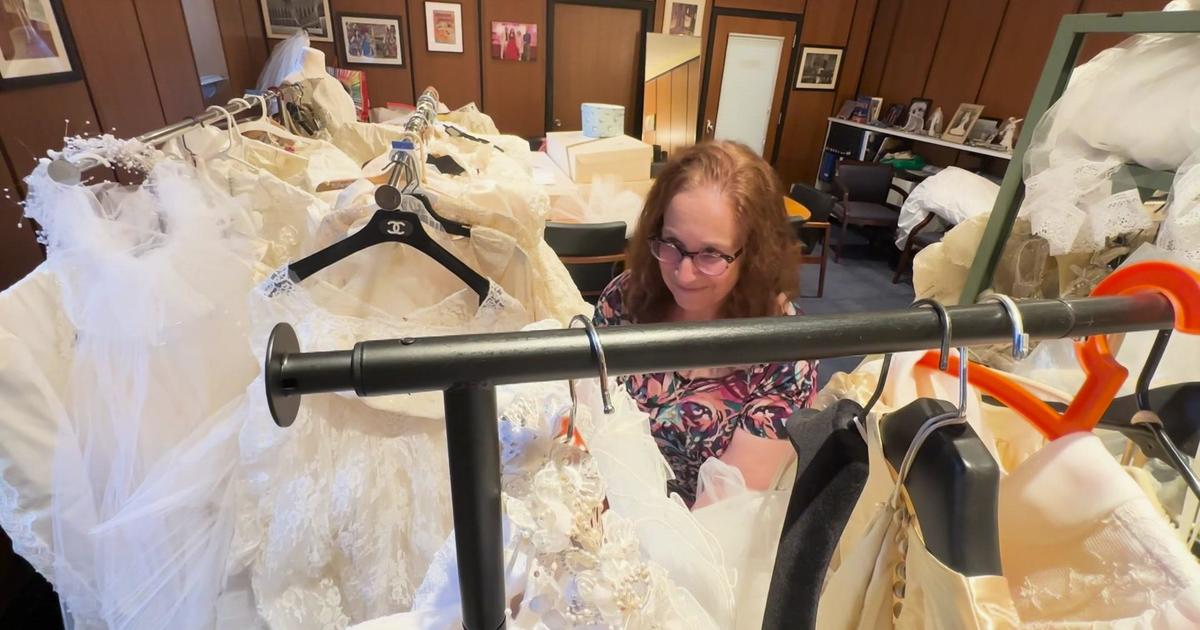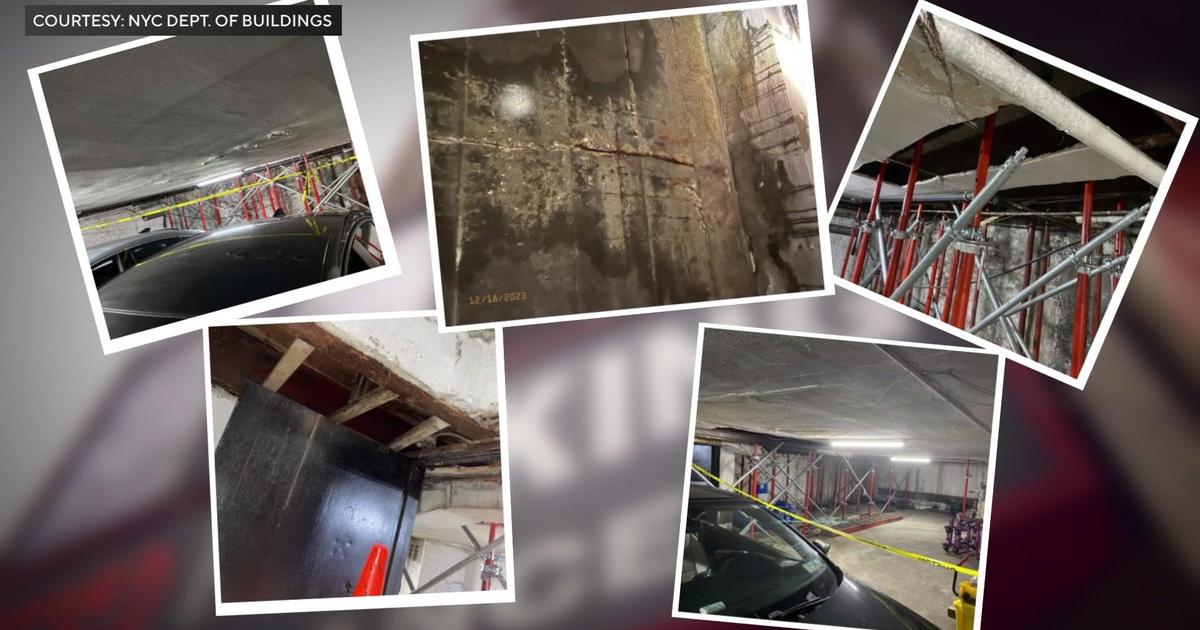Advances In Technology Making Identification Of 9/11 Victims A Less Arduous Process
NEW YORK (CBSNewYork) -- In the decade since the Sept. 11, 2001 attacks, more than 1,000 victims remain unidentified.
But that might not be the case for much longer. Ten years of advances in technology are speeding up the process, reports CBS 2's John Slattery.
In a building on the East Side of Manhattan, forensic biologists, in sterile conditions, are analyzing bone fragments from ground zero by grinding tiny bones and extracting DNA.
"Ten years ago we were using the latest technology. We were grinding down bones by hand, one at a time. Today, we have technology that allows us to generate profiles from bones that we had no hopes of 10 years ago," said Mark Desire of the New York City Medical Examiner's Office.
The city ME's Office, one of the most sophisticated in the world, has a unit dedicated solely to analyzing the remains from 9/11. Just recently, the lab identified 9/11 victim Ernest James from a single fragment. His fiancée, Monique Keyes, got the call from a woman with the lab.
"It was stunning. I mean I was really surprised when she informed me that he had been identified," Keyes said.
James was the 1,629th World Trade Center victim to be identified by the Medical Examiner's Office. With more than 1,100 people still listed as missing and presumed dead, the work continues on minute fragments.
"And today the success rate at getting DNA from fragments smaller than the size of a Tick-Tack," Desire said.
More than 21,000 remains have been recovered. Most have been terribly degraded by fire, jet fuel, foam and bacteria. But with improved DNA techniques, the fragments are analyzed over and over, oftentimes identifying many different remains for the same victim.
"Some of the victims, over a hundred remains have been recovered for a single individual. We will identify each piece and return to the family," Desire said.
Attempts are made to match fragments with DNA profiles based on reference samples from a toothbrush, razor or hairbrush, supplied by the victim's family.
The information that comes out of the Medical Examiner's Office can be a reassuring final chapter in a tragedy that is still unfolding.
The lab processed 400 bones a month, with a success rate of 60 to 80 percent.
Please offer your thoughts in the comments section below.



